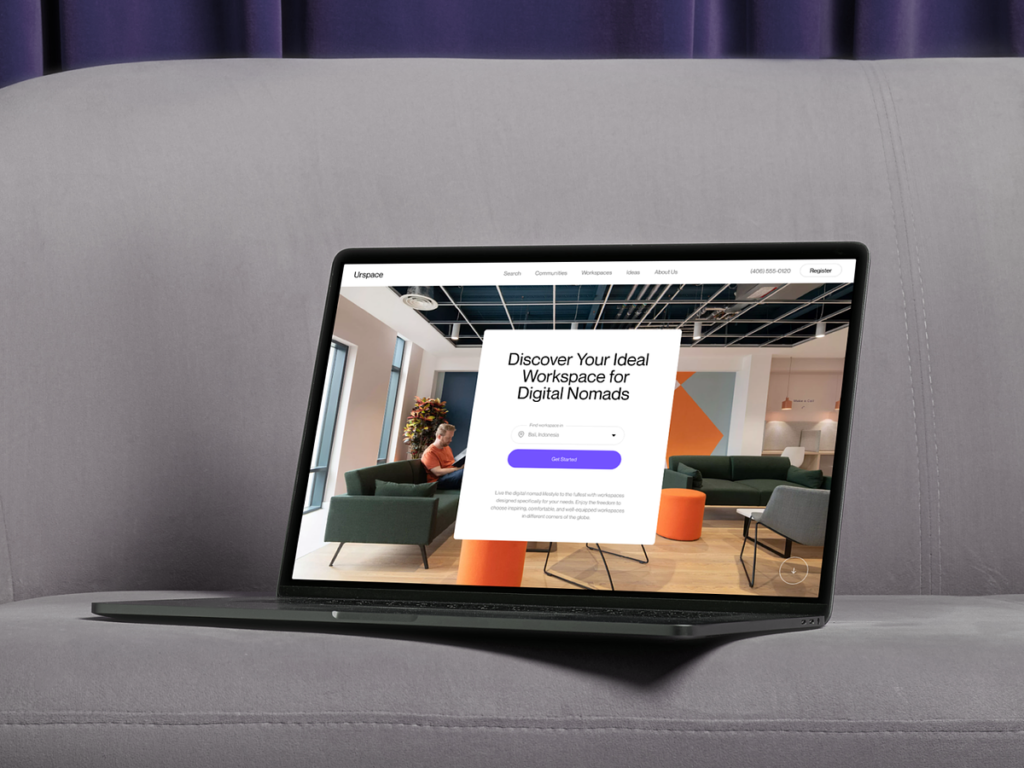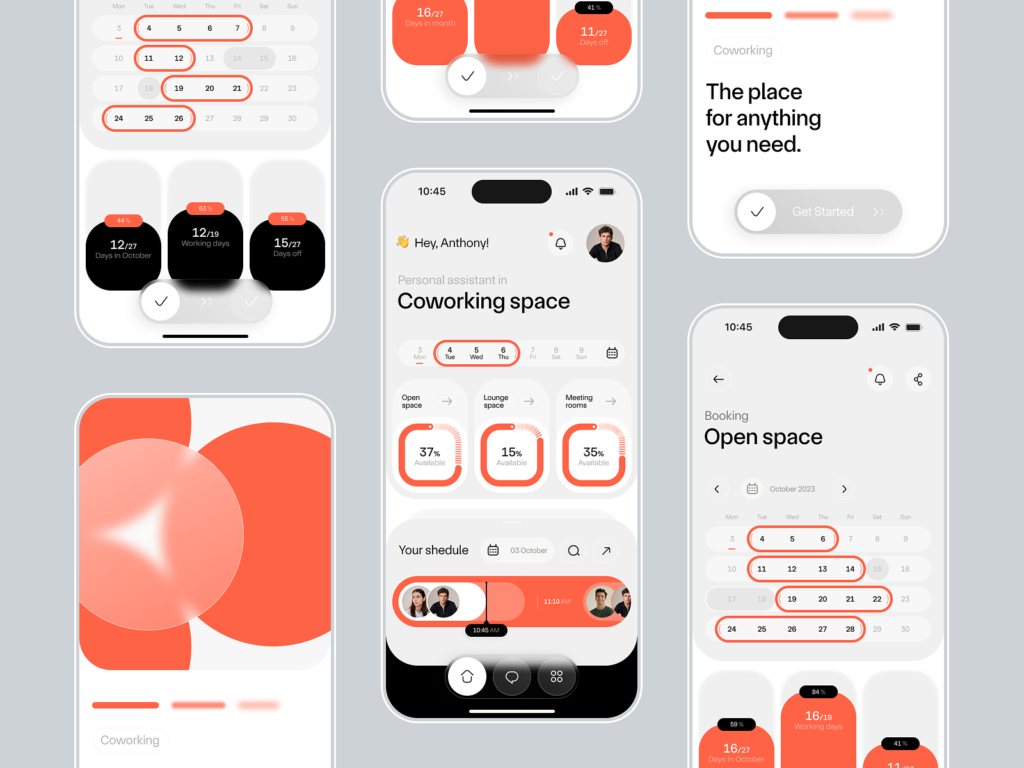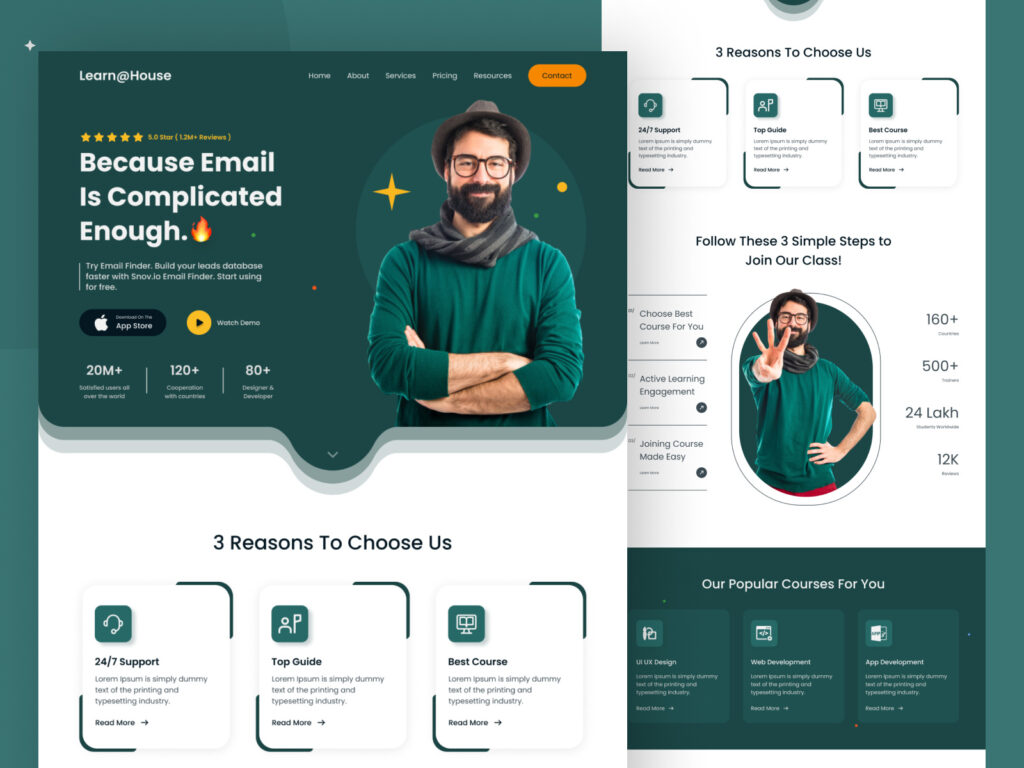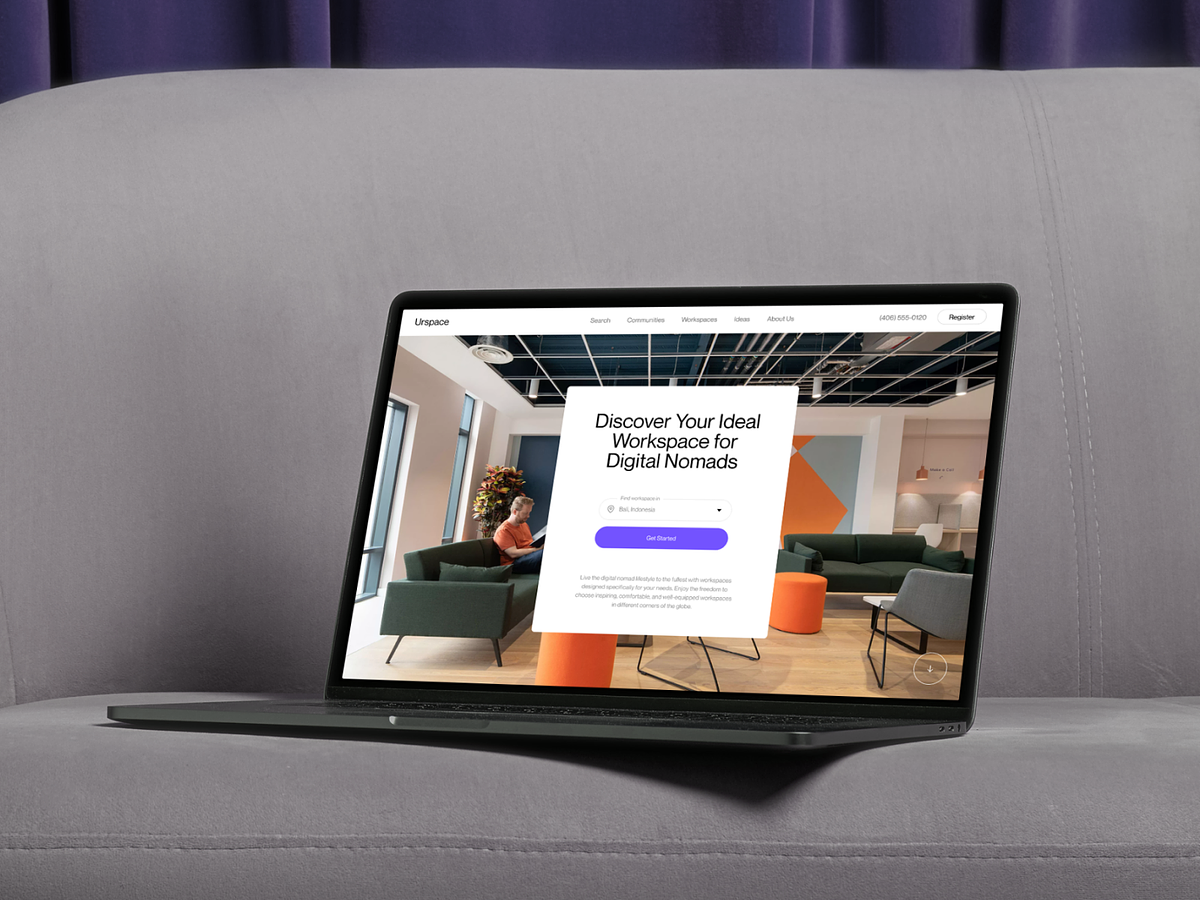
Are you passionate about creating user-friendly digital experiences? Do you have an eye for design and an innate desire to improve the way people interact with technology? If so, you might be considering a career as a UI/UX designer. Being a UI/UX designer and learning design may be done in a variety of ways. Some would rather begin with any lengthy course, while others would rather attend a boot camp, work on projects, and become UI/UX designers. Many amazing UI/UX designers are self-taught, at least initially. This article will guide you through the journey of becoming a self-taught UI/UX designer.
The Basics of UI/UX Design
Before we dive into the self-learning process, let’s understand what UI/UX design is all about. User Interface (UI) design focuses on the visual elements of a digital product, such as buttons, icons, and layouts, while User Experience (UX) design emphasizes the overall user journey and satisfaction. The combination of both ensures a delightful and intuitive user experience.

Artwork By Bogdan Falin
The Importance of Self-Learning
In today’s digital age, many UI/UX designers are self-taught. Self-learning allows you to pace yourself, focus on what interests you the most, and adapt to the ever-evolving design landscape. The journey may seem daunting, but it’s a fulfilling one.
Setting Clear Goals
Start your journey by setting clear, achievable goals. Define what you want to learn, which skills you need to acquire, and where you want to be as a designer in the future. Having a roadmap will keep you motivated and on track.
Learning Resources
The internet is a treasure trove of resources for aspiring UI/UX designers. Fortunately, there are a tonne of books reasonably priced (and free) UX seminars, courses, and tools available on UI/UX Design. Websites like Coursera, Udemy, and YouTube offer courses, tutorials, and webinars on various design topics. Utilize these resources to expand your knowledge.
Read More: 6 Best Free Figma Courses in 2023
Building a Solid Foundation
Begin with the fundamentals. Learn about color theory, typography, and basic design principles. These form the building blocks of UI/UX design and are essential to creating visually appealing and functional designs.
Mastering Design Principles
Dive deeper into design principles like hierarchy, balance, and contrast. Understanding these concepts will help you create designs that guide users intuitively.
Developing User-Centered Thinking
UI/UX design is all about the user. Practice empathy and put yourself in the user’s shoes. Understand their needs and pain points to create designs that solve real problems.
UI/UX Tools and Software
Familiarize yourself with popular design tools like Figma, Sketch, or Webflow. These tools will be your companions in turning your creative ideas into tangible designs.

Read More: Top 5 Figma AI Plugins Every Designer Should Know
The Power of Prototyping
Prototyping is a crucial step in UI/UX design. It allows you to test your designs and gather feedback before the final product is developed. Learn to create interactive prototypes to refine your work.
Building a Portfolio
Your portfolio is your calling card as a designer. Create a personal website or use platforms like Behance or Dribbble to showcase your best work. A strong portfolio will help you stand out to potential employers or clients.
Read More: 4 Best Free Portfolio Website Builders

Artwork by Sajibur Rahman
Networking and Joining Communities
Connect with fellow designers on social media, attend design meetups, and join online design communities. Networking can lead to valuable insights and even job opportunities.
Continuous Learning and Adaptation
The world of design is ever-changing. Stay updated with the latest design trends and technologies. Continuous learning is key to remaining relevant in this field.
Landing Your First Gig
Once you feel confident in your skills, start applying for freelance projects or entry-level positions. Your journey to becoming a self-taught UI/UX designer is complete when you land your first gig.
Summary
Becoming a self-taught UI/UX designer is an exciting and rewarding journey. By setting clear goals, mastering design principles, and continuously learning, you can carve a successful career in this dynamic field.
FAQs
1. Is a formal degree necessary to become a UI/UX designer?
No, a formal degree is not necessary. Many successful UI/UX designers are self-taught, and what matters most is your skills and portfolio.
2. How long does it take to become a proficient UI/UX designer?
The time it takes to become proficient varies, but with dedication, you can start applying for entry-level positions within a year or two of focused self-learning.
3. What software should I learn as a UI/UX designer?
Start with popular tools like Adobe XD, Sketch, or Figma, and expand your toolset as needed for specific projects.
4. How can I get feedback on my design work?
You can seek feedback from online design communities, mentors, or by sharing your work with peers and potential users.
5. Can I transition into UI/UX design from a different career?
Yes, many people transition into UI/UX design from various backgrounds. Your existing skills and experiences can be valuable in this field.
